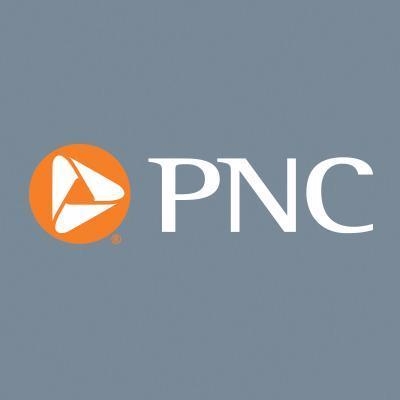
- Inflation will temporarily accelerate over the next few months, then recede.There was a huge 10% increase in personal income in January as the government distributed stimulus payments to households.
- Consumer spending rose a big 2.4% over the month.
- The PCE price index rose 0.3% in January, as did the core index.
- Stimulus is supporting an economic recovery in the U.S. With Congress set to pass a $1.9 trillion stimulus package, the outlook is for very strong growth this year.
Personal income rose a whopping 10.0% in January as households received stimulus payments from the federal government; transfer payments jumped 50% over the month. There was strong growth in labor market income, with wages and salaries up a solid 0.7% in January. With taxes down 0.4% in January, disposable (after-tax) personal income rose 11.4% over the month. This was the biggest gain since a 15% increase in disposable personal income in April 2020, when the government distributed the first round of stimulus payments.
Consumer spending rose 2.4% in January from December, the biggest one-month increases since gains of 9% and 6% in May and June 2020, respectively, as businesses reopened and households started spending their 2020 stimulus payments. Spending on durable goods rose 8.4% in January, spending on nondurable goods rose 4.3%, and spending on services rose 0.7%. Consumer spending growth continues to be skewed toward goods and away from services as people remain reluctant to be in public.
With a huge jump in income and a smaller increase in spending, the personal saving rate rose to 20.5% in January from 13.4% in December. The saving rate was 8% in early 2020, before the pandemic; households have a lot more income from stimulus payments, and less opportunity to spend it because of the pandemic.
The Personal Consumption Expenditures Price Index (PCE), the Federal Reserve’s preferred inflation index, rose a moderate 0.3% over the month. The core PCE price index, excluding volatile food and energy prices, was also up 0.3%. On a year-ago basis both overall and core inflation were 1.5% in January. Overall year-over-year inflation was 1.3% in December, while year-over-year core inflation has been 1.4% to 1.5% since August 2020.
After adjusting for inflation, after-tax income rose 11.0% in January, while consumer spending rose 2.0%.
Stimulus payments boosted incomes and consumer spending in January, allowing for continued economic recovery in the U.S. economy. After-tax personal income, adjusted for inflation, was up more than 13% in January from a year earlier, despite employment that is still down by 10 million from before the pandemic. Real consumer spending was down about 2% in January from one year earlier, but has made up most of the huge 18% decline in March and April 2020 as the pandemic came to the U.S. Spending on both durable and nondurable goods is actually above their pre-recession levels, but services spending remains down by 7% from one year ago.
The outlooks are very strong for personal income and consumer spending through the rest of 2021. Congress is set to pass an almost $2 trillion stimulus bill in the coming weeks, which will put even more money in consumers’ pockets. They will be looking to spend that money as spring weather allows more outdoor activities and more people are vaccinated against the coronavirus. High levels of saving will also support consumer spending growth over the next couple of years.
Inflation will temporarily move above the Federal Reserve’s 2% objective over the next few months on a year-ago basis because of comparisons with the spring of 2020, when both overall and core prices outright declined. But after this temporary blip year-over-year inflation will settle back down below 2% in the second half of 2021. There will be higher inflation in 2022 as overall economic demand accelerates. But excess slack in many parts of the economy, especially services, will prevent inflation from moving much above the Fed’s 2% objective. The Federal Reserve will keep the fed funds rate at its current near-zero level for a least a couple more years to ensure a strong labor market recovery.
The PNC Financial Services Group, Inc. is one of the largest diversified financial services institutions in the United States, organized around its customers and communities for strong relationships and local delivery of retail and business banking including a full range of lending products; specialized services for corporations and government entities, including corporate banking, real estate finance and asset-based lending; wealth management and asset management. For information about PNC, visit www.pnc.com.













